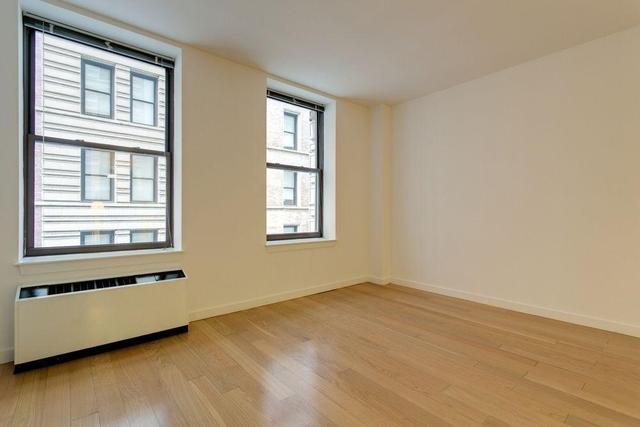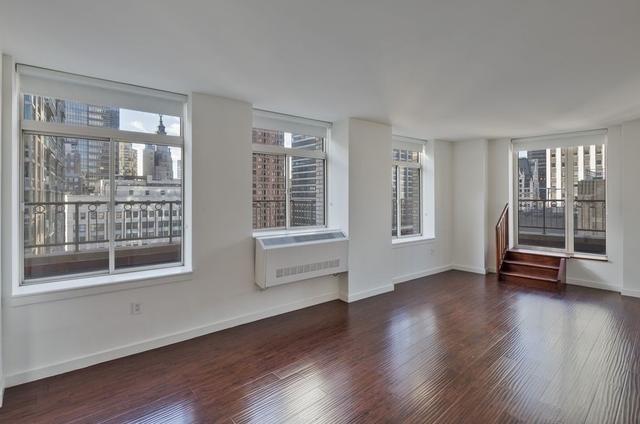
Tenant vs Occupant: Definitions, Differences, Myths, FAQs
By: ROS Team
When it comes to rental properties, the terms “tenant” and “occupant” are often used interchangeably, leading to confusion and misunderstandings.
However, it’s essential to understand the difference between tenant and occupant, as they have distinct legal implications and responsibilities.
In this blog post, we will delve into the definitions of a tenant and an occupant, highlight key differences between the two, and address common misconceptions.
What’s A Tenant?
A tenant refers to an individual or a group of individuals who have entered into a legally binding agreement, typically known as a lease or rental agreement, with a landlord or property owner.
As a tenant, they are granted the right to occupy and use a specific property for a specified period, usually in exchange for regular payment of rent. The tenancy is characterized by a contractual relationship that outlines the rights and responsibilities of both the tenant and the landlord.

Legally, a tenant holds certain rights and protections, including the right to exclusive possession of the rented property during the lease term, the right to privacy, and the right to request necessary repairs and maintenance from the landlord.
Tenants are also responsible for fulfilling their financial obligations. Such as paying rent on time and adhering to the terms and conditions outlined in the lease agreement.
What Does Occupants Mean?
An occupant refers to an individual who resides in a property but may not have a formal or contractual relationship with the landlord or property owner.
Unlike a tenant, an occupant does not have a legally binding lease agreement or the same level of rights and responsibilities.

Occupancy can occur in various situations, such as when someone is living with a tenant as a roommate. Staying temporarily as a guest, or residing in a property without a formal rental agreement.
While occupants may have permission from the tenant or landlord to occupy the property, their status is generally less legally defined and may be subject to the terms and conditions set by the tenant or property owner.
Occupant vs Tenant: Key Differences

1. Legal Rights and Obligations
Tenants have legal rights and protections defined by the lease agreement and applicable landlord-tenant laws. These rights include exclusive possession of the rented property, privacy, and the ability to request repairs.
Occupants generally have fewer legal rights and may not be protected by the same laws that safeguard tenants. Their rights are typically determined by the agreement with the tenant or landlord.
2. Length of Stay and Duration of Agreement
Tenants have a formal lease agreement that outlines the specific duration of their tenancy, which is typically for a fixed term (e.g., one year) or on a month-to-month basis.
Occupants may have a more temporary presence, and their stay can be subject to the discretion of the tenant or landlord. They may not have a specified agreement or a long-term commitment to the property.
3. Financial Responsibilities
Tenants are generally responsible for paying rent to the landlord as outlined in the lease agreement. They have a contractual obligation to fulfill their financial commitments.
Occupants may or may not contribute financially towards the rent or other expenses associated with the property. Their financial obligations are typically determined through an arrangement with the tenant or landlord.
4. Access to Landlord-Tenant Protections
Tenants are entitled to specific legal protections, such as protection against unlawful eviction, the right to receive proper notice before termination, and the ability to seek legal remedies in case of disputes.
Occupants may not have the same level of protection or recourse in the event of conflicts or disputes. Their rights and recourse options may be limited or determined by the agreement with the tenant or landlord.
5. Termination of Occupancy and Eviction Processes
Tenants have certain legal rights and procedures that must be followed for the termination of their tenancy. Eviction processes typically require legal notice and adherence to local laws.
Occupants can be asked to leave by the tenant or landlord with reasonable notice, but the process may be less formal and less regulated by specific legal requirements.
6. Responsibility for Repairs
In general, tenants have a legal obligation to report necessary repairs to the landlord or property management promptly.
The landlord is typically responsible for making repairs that are necessary to maintain the habitability of the property. Such as fixing plumbing issues, electrical problems, or structural defects.
However, tenants may be responsible for repairs or damages caused by their own negligence or misuse of the property.
Occupants, who do not have a formal lease agreement, generally have limited responsibilities regarding repairs.
The primary responsibility for repairs typically rests with the tenant or the landlord. However, an occupant may still be expected to report any damages or maintenance issues to the tenant or landlord so that appropriate action can be taken.
Occupant vs Tenant: Common Misconceptions

Myth 01: All Occupants have the same Rights as Tenants
Occupants generally have fewer legal rights compared to tenants. Their rights and protections are often determined by the agreement with the tenant or landlord and may not be as comprehensive as those provided to tenants under landlord-tenant laws.
Myth 02: Occupants can Sublet without Landlord Approval
Subletting, which involves a tenant renting out part or all of the property to another individual, typically requires prior approval from the landlord.
Occupants who sublet without permission may be in violation of the lease agreement and can face legal consequences.
Myth 03: Occupants are Not Responsible for Property Maintenance
The responsibility for property maintenance is primarily on the tenant as outlined in the lease agreement. While occupants may not have the same level of responsibility, they are still expected to maintain the property in a reasonable manner and adhere to any rules set by the tenant or landlord.
Myth 04: Occupants Cannot be Evicted
While occupants may have fewer legal protections compared to tenants. They can still be asked to leave the property by the tenant or landlord with reasonable notice.
However, the specific eviction process for occupants may be less formal and less regulated compared to the process for tenants.
Myth 05: Occupancy Automatically Grants Rights to the Property
Occupancy alone does not confer legal rights to the property. The rights and permissions granted to occupants are typically determined by the agreement with the tenant or landlord and can be subject to the terms and conditions set by the property owner.
FAQs
Can A Leaseholder/Tenant Kick Out An Occupant?
The ability of a tenant/leaseholder to remove an occupant from a property largely depends on the legal relationship between the tenant, occupant, and landlord. As well as the applicable local laws and the terms outlined in the lease agreement.
What Is An Occupant On A Lease?
An occupant on a lease refers to an individual who resides in a rental property but does not have a formal lease agreement with the landlord. They may be living with a tenant as a roommate or staying temporarily as a guest.
The occupant’s presence is typically subject to the permission and terms set by the tenant or landlord, but they do not have the same legal rights and obligations as a tenant.
Can An Occupant Be Evicted?
Yes, an occupant can be evicted, but the eviction process and the specific rights and protections available to occupants may differ from those of tenants.
The ability to evict an occupant depends on factors such as the legal relationship with the tenant or landlord, the terms outlined in the lease agreement, and applicable local laws.
Can An Occupant Become A Tenant?
Yes, an occupant can potentially become a tenant if they enter into a formal lease agreement with the landlord. This would involve establishing a new contractual relationship, typically through the negotiation and signing of a lease or rental agreement.
The terms and conditions of the new agreement would outline the rights, responsibilities, and duration of the tenancy for the occupant-turned-tenant.
It’s important to note that this transition would require mutual agreement between the occupant, the landlord, and potentially the existing tenant, if applicable.
Is A Family Member Considered A Tenant?
If you allow your family members or any relative to live on your property without charging them rent, they would generally be considered an occupant rather than a tenant.
Occupants are individuals who reside in a property without a formal lease agreement or financial obligations. Their presence is typically based on permission and does not entail the same legal rights and responsibilities as a tenant.
Difference Between Tenant And Occupant: Takeaway
Understanding the difference between tenant and occupant is crucial in the realm of rental properties. While tenants have a formal lease agreement, legal rights, and financial obligations, occupants typically lack these elements.
Tenants enjoy greater legal protections and responsibilities, including the right to exclusive possession, privacy, and involvement in property maintenance.
Occupants, on the other hand, may have more temporary or informal arrangements, subject to the permission and terms set by tenants or landlords.
Recognizing the differences between tenants and occupants helps landlords, tenants, and potential renters navigate rental agreements, establish clear expectations, and ensure compliance with legal requirements.








